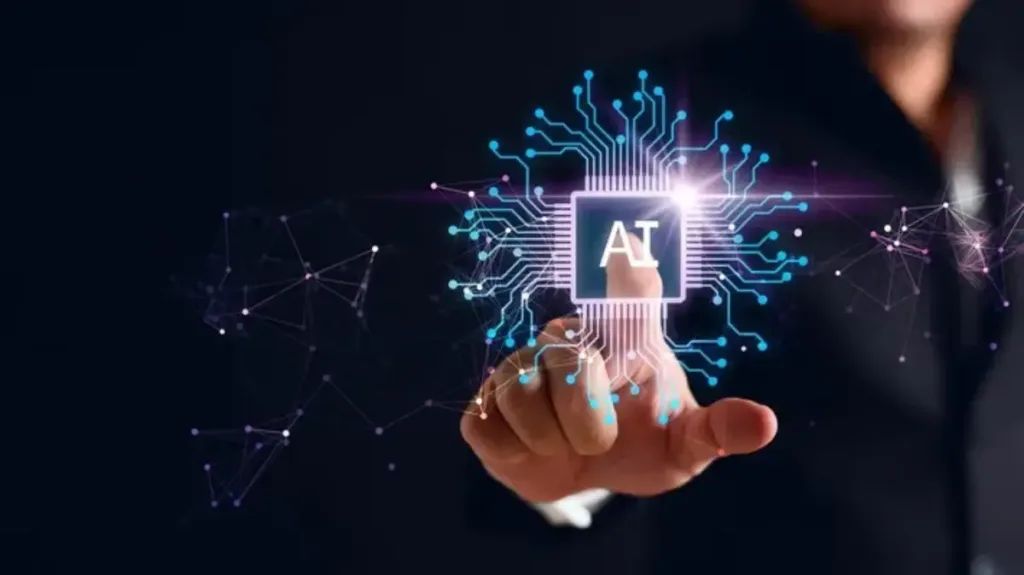Imagine a technology that can conjure up novel text, paint breathtaking landscapes, and compose enchanting music—all from scratch. This isn’t the stuff of science fiction; it’s the reality of generative AI, a revolutionary branch of artificial intelligence pushing the boundaries of creativity and innovation.
But wait, what exactly is generative AI? And how does it work—its digital magic? Buckle up, fellow curious minds, for a deep dive into this fascinating realm.
Unveiling the Essence: What is Generative AI?
In a nutshell, generative AI refers to a set of algorithms and models trained on massive datasets. These models learn the underlying patterns and relationships within the data, enabling them to generate entirely new content that mimics or even surpasses the quality of their training data. Think of it as a digital artist, meticulously studying different brushstrokes and color palettes before wielding its own creative genius to paint something never seen before.
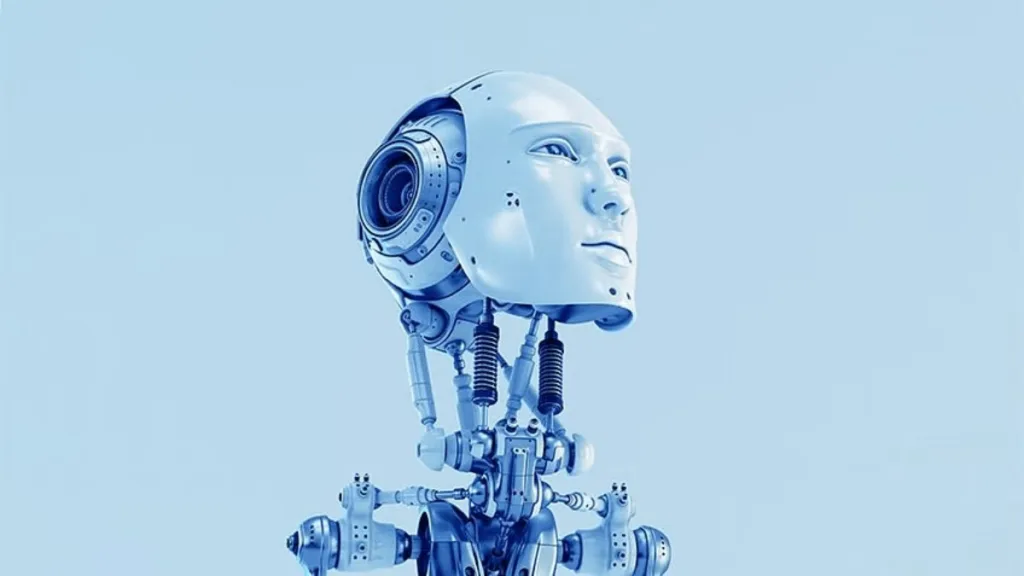
Unlocking the Toolbox: How Does Generative AI Work?
Behind the curtain of generative AI lies a captivating dance of algorithms. Popular techniques include:
- Generative Adversarial Networks (GANs): Two neural networks, a generator and a discriminator, pit themselves against each other in a game of one-upmanship. The generator creates new content, while the discriminator tries to distinguish it from actual data. This constant duel refines the generator’s skills, leading to increasingly realistic and unique outputs.
- Variational Autoencoders (VAEs): These models compress information from the training data into a latent space, essentially a blueprint for generating new content. Users can then tweak this latent space to control specific aspects of the generated output, like the style of a painting or the mood of a musical piece.
- Large Language Models (LLMs): These colossal neural networks trained on vast amounts of text data can generate coherent and creative text formats, from poems and code to scripts and emails. You might even be conversing with an LLM right now, amazed by its ability to mimic human conversation!
A Tapestry of Possibilities: Where is Generative AI Making its Mark?
The applications of generative AI are as diverse as human imagination itself. Here are just a few glimpses:
- Art and Design: Imagine AI-powered tools that can generate custom artwork, design furniture, or even compose fashion pieces. Generative AI is democratizing creativity, making it accessible to anyone with a spark of inspiration.
- Media and Entertainment: From generating realistic special effects to composing personalized soundtracks, generative AI is transforming the way we experience movies, games, and even music. Get ready for even more immersive and personalized entertainment experiences in the future.
- Product Development: Forget product prototypes; generative AI can design and test virtual versions of products in the blink of an eye, optimizing functionality and aesthetics before a single physical object is made. This not only saves time and resources but also leads to innovative and efficient designs.
- Scientific Discovery: From simulating complex molecules to predicting weather patterns, generative AI is aiding scientific research in groundbreaking ways. By generating vast amounts of synthetic data, it can accelerate the discovery process and unlock new scientific frontiers.
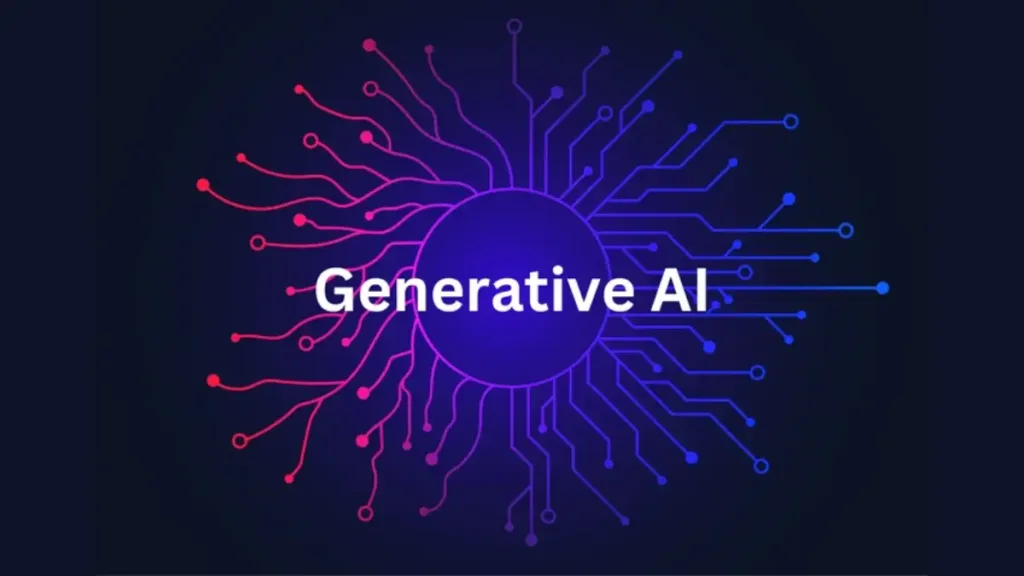
generative AI’s evolution?
The Fascinating Evolution of Generative AI: From Humble Beginnings to Beyond the Human Eye
Generative AI, the wizard behind novel texts, breathtaking landscapes, and enchanting melodies, hasn’t always been the master of creation it is today. Its journey is a captivating chronicle of technological leaps, paradigm shifts, and a constant push to outdo its own magic. Let’s delve into the fascinating evolution of this transformative technology:
The Seedling Years (1950s–1990s):
- 1950s: The seeds of generative AI were sown with Alan Turing’s Turing Test, the ultimate measure of a machine’s intelligence—imitating human conversation.
- 1960s–70s: Early neural networks like Marvin Minsky’s SNARC laid the groundwork for learning patterns and generating outputs, albeit simplistic.
- In the 1990s, generative adversarial networks (GANs) emerged, pitting two neural networks against each other—one generating, the other critiquing—leading to progressively realistic outputs.
The Blooming Era (2000s–2010s):
- 2000s: Deep learning techniques like Geoffrey Hinton’s Deep Belief Networks (DBNs) took the stage, allowing AI to learn complex representations from vast amounts of data.
- 2010s: Advancements in GANs like Ian Goodfellow’s Deepfakes blurred the lines between reality and digital artifice, prompting ethical discussions.
- 2014: Google’s DeepDream algorithm revealed the trippy side of AI, generating surreal images by enhancing neural network activations.
The Golden Age (2020s and Beyond):
- 2020s: Large language models (LLMs) like OpenAI’s GPT-3 and Google’s LaMDA stormed in, generating human-quality text in diverse formats, sparking awe and concern.
- 2023: Diffusion models like Google’s Imagen and DALL-E 2 dominate the image generation scene, producing photorealistic and artistically pleasing visuals from mere text descriptions.
- Beyond: The race continues with advancements in explainability, bias mitigation, and human-AI collaboration, paving the way for a future where AI enhances, not replaces, human creativity.
Glimpses of the Future:
- Personalized Experiences: Imagine AI-powered assistants crafting content tailored to your preferences, from news articles to educational materials.
- Human-AI Partnerships: Let’s envision humans and AI as symbiotic creators, where AI amplifies human imagination and fuels groundbreaking collaborations.
- Artificial Sentience: While still a sci-fi trope, some speculate that generative AI could one day achieve sentience, raising profound philosophical questions about intelligence and its nature.
The evolution of generative AI is a testament to human ingenuity and the boundless potential of technology. As we navigate the ethical considerations and harness its power responsibly, this technology holds the key to unlocking a future where creativity knows no bounds.
What are some ethical considerations when using generative AI?
As generative AI evolves and becomes more integrated into our lives, important ethical considerations arise. Here are some key areas to ponder:
Bias and Fairness:
- Training data: AI models trained on biased datasets can perpetuate harmful stereotypes and inequalities. Developers need to strive for diverse and high-quality datasets that represent the full spectrum of the human experience.
- Algorithmic bias: Algorithmic design choices can unintentionally lead to biased outputs. It’s crucial to audit algorithms for potential bias and mitigate their impact.
- Amplifying existing inequalities: Generative AI could exacerbate existing social and economic inequalities if used irresponsibly. Careful consideration must be given to potential negative impacts and mitigation strategies.
Ownership and Copyright:
- Who owns the copyright to content created by generative AI? Is it the developer’s fault, the user’s fault, or the AI’s fault? Clear legal frameworks are needed to navigate the complexities of intellectual property in this new domain.
- Attribution and transparency: It’s essential to disclose when AI-generated content is used, ensuring transparency and preventing plagiarism.
- Misinformation and manipulation: Deepfakes and other AI-generated content can be used to spread misinformation or manipulate public opinion. Robust authentication and fact-checking measures are crucial to combating these threats.
Privacy and Security:
- Data privacy: Generative AI often relies on personal data for training and development. Data privacy regulations and ethical guidelines must be followed to protect user privacy.
- Security vulnerabilities: AI systems can be vulnerable to hacking and manipulation. Security measures need to be implemented to protect against unauthorized access and misuse.
- Surveillance and control: The potential for AI-powered surveillance and control raises privacy concerns. It’s important to establish ethical boundaries and regulations to prevent misuse.
Impact on Human Labor and Society:
- Job displacement: Generative AI could automate certain tasks currently performed by humans, leading to job displacement. We need to address potential job losses and retrain workers for new opportunities.
- Social and economic impacts: The wide-scale adoption of generative AI could have significant social and economic consequences. Careful consideration must be given to these impacts and proactive measures taken to mitigate negative outcomes.
- Human-AI collaboration: Generative AI shouldn’t replace human creativity and expertise; it should augment them. Building human-AI partnerships where humans set the goals and guide the development and deployment of AI models is crucial for responsible and ethical use.
These are just some of the ethical considerations we must grapple with as we embrace generative AI. Open and transparent discussions involving policymakers, researchers, developers, and the public are essential to shaping a future where generative AI benefits all of humanity. By promoting responsible and ethical development and use, we can ensure that this powerful technology serves as a force for good in the world.
The Future Beckons: What Lies Ahead for Generative AI?
The future of generative AI is as bright as the creations it brings forth. As algorithms continue to evolve and datasets grow exponentially, we can expect even more mind-boggling innovations:
- Personalized Experiences: Imagine virtual assistants that can generate content tailored to your individual preferences, from news articles to educational materials. Generative AI will blur the lines between creator and consumer, making every experience uniquely yours.
- Collaboration between humans and AI: The future isn’t about humans vs. AI; it’s about humans and AI working together. Generative AI can become a powerful tool to boost human creativity and productivity, leading to groundbreaking collaborations in diverse fields.
- Artificial Sentience: While still a distant dream, some experts believe generative AI could one day achieve sentience and consciousness. This raises profound philosophical questions about the nature of intelligence and our relationship with our creations.
Embracing the Dawn: A Responsible Future for Generative AI
As we stand at the threshold of a generative AI-powered future, it’s crucial to remember that the path forward demands not just technological advancements but also responsible development and implementation. Here are some key steps we can take to ensure generative AI benefits all of humanity:
- Fostering Transparency and Explainability: Generative AI models can often be complex and opaque, making it difficult to understand how they arrive at their outputs. This lack of transparency can breed mistrust and hinder responsible use. Developers must strive to create models that are more transparent and explainable, allowing users to understand the reasoning behind their outputs.
- Prioritizing Data Diversity and Quality: Biases embedded in training data can lead to discriminatory and harmful outputs. To mitigate this risk, it’s essential to prioritize diverse and high-quality datasets that represent the full spectrum of human experience. This requires collaboration between AI developers, data scientists, and domain experts to identify and address potential biases in the data.
- Cultivating Human-AI Partnerships: Generative AI shouldn’t replace human creativity and expertise; it should enhance them. We must view AI as a tool to augment human capabilities, not replace them. Fostering human-AI partnerships where humans set the goals and guide the development and deployment of AI models is crucial for responsible and ethical use.
- Establishing Ethical Frameworks and Regulations: The rapid development of generative AI necessitates robust ethical frameworks and regulations to govern its use. These frameworks should address issues like privacy, security, intellectual property, and accountability. Open and transparent discussions involving policymakers, researchers, developers, and the public are essential to shaping these frameworks.
- Empowering the Public with AI Literacy: As generative AI becomes increasingly integrated into our lives, it’s crucial to equip the public with the knowledge and skills to understand and critically evaluate its outputs. Educational initiatives that demystify AI technology and its potential impact on society are essential for fostering informed and responsible engagement with this powerful tool.
What is a popular example of generative AI?
One of the most popular examples of generative AI that has captured the public imagination is DALL-E 2, a powerful image generation model developed by OpenAI. DALL-E 2 can create incredibly realistic and creative images based on textual descriptions, ranging from photorealistic landscapes and portraits to surreal and fantastical scenes.

Here are some specific examples of what DALL-E 2 can do:
- Generate images from text descriptions. For example, if you type “a cat wearing a top hat riding a bicycle in a park,” DALL-E 2 will generate an image that matches that description.
- Create variations of existing images: You can upload an image and ask DALL-E 2 to create variations of it, such as changing the style, color, or composition.
- Combine different elements to create new images: You can provide DALL-E 2 with multiple text prompts or images, and it will combine them to create a new image.
DALL-E 2’s ability to generate such high-quality and creative images has made it a popular tool for artists, designers, and even just people who are curious to see what their imagination can bring to life. It has also sparked discussions about the potential impact of generative AI on art, creativity, and even copyright.
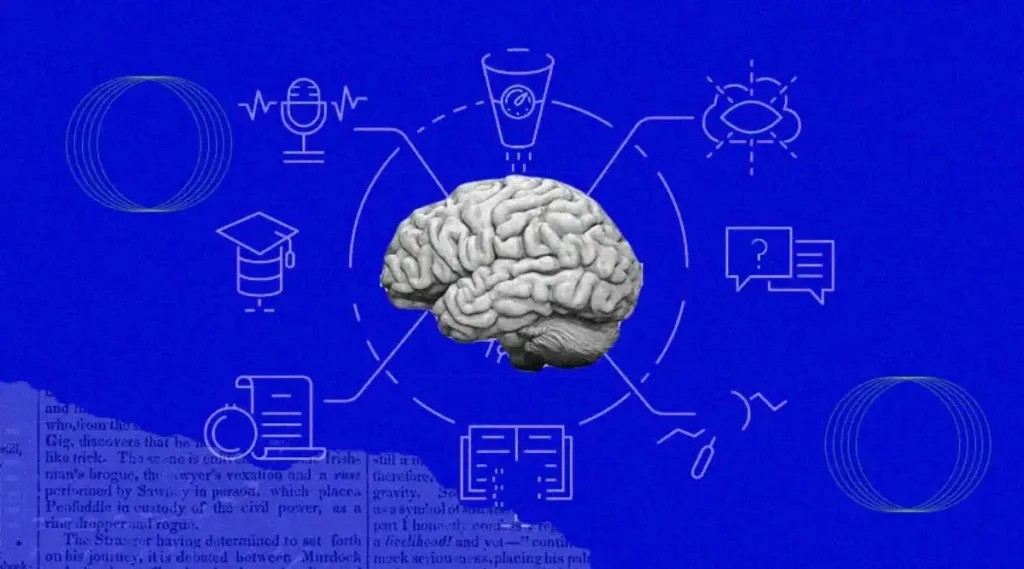
Here are some other popular examples of generative AI:
- ChatGPT is a large language model from OpenAI that can generate realistic and coherent text formats, like poems, code, scripts, emails, and letters.
- MuseNet is an AI music generator developed by Google AI that can create realistic and original music in various styles.
- GAN-based text-to-video models, These models can generate videos from text descriptions, offering exciting possibilities for storytelling and marketing.
As generative AI technology continues to evolve, we can expect even more amazing and innovative applications to emerge in the future. It’s a truly exciting time to be alive and witness the transformative potential of this technology.
What are some examples of generative AI tools?
The world of generative AI tools is vast and rapidly evolving, offering a plethora of options for various creative and practical applications. Here are some examples across different categories to spark your imagination:

Text Generation:
- Large Language Models (LLMs):
- OpenAI GPT-3 generates human-quality text in diverse formats, from poems and code to scripts and emails.
- Google LaMDA Focuses on factual language understanding and generation.
- Jasper is a commercial LLM known for its marketing-focused content generation capabilities.
- AI Writing Assistants:
- Grammarly offers writing suggestions and improves clarity and tone.
- QuillBot paraphrases and rephrases text, preserving its original meaning.
- ShortlyAI summarizes long-form content into concise and informative snippets.
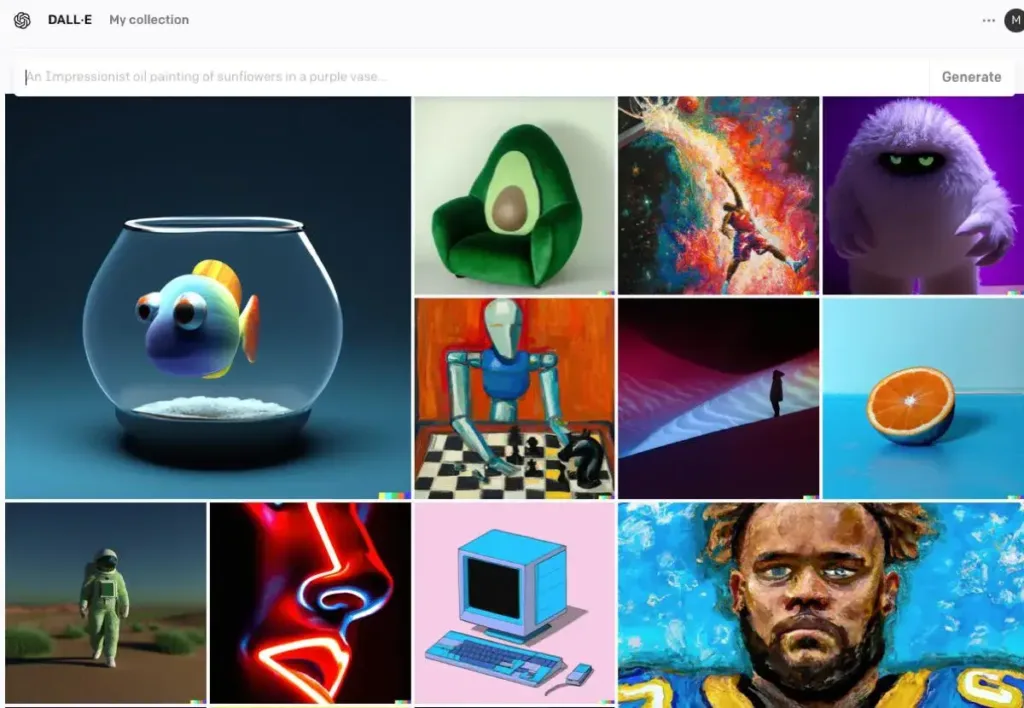
Image Generation:
- Diffusion Models:
- OpenAI DALL-E 2: Creates photorealistic and artistic images from text descriptions.
- Midjourney: A popular alternative to DALL-E 2, known for its unique artistic style.
- Style Transfer Tools:
- Deep Dream Generator Applies artistic styles to existing images, creating dreamlike visuals.
- Prisma transforms your photos into famous paintings or artistic styles.
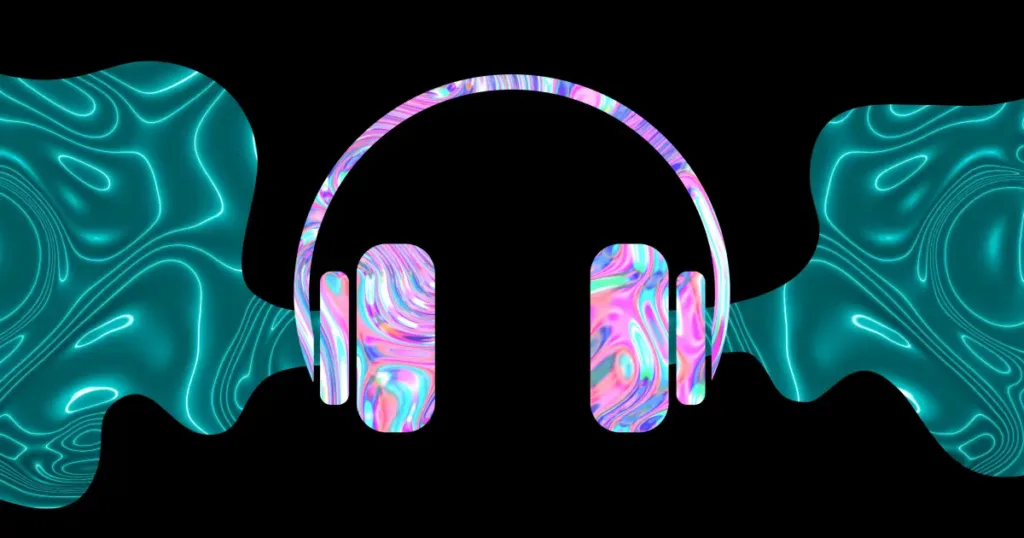
Music Generation:
- Amper Music creates original music in various genres and moods based on user input.
- MuseNet generates music inspired by existing compositions, mimicking styles and textures.
- Jukebox Creates realistic and diverse music pieces, including vocals and instruments.
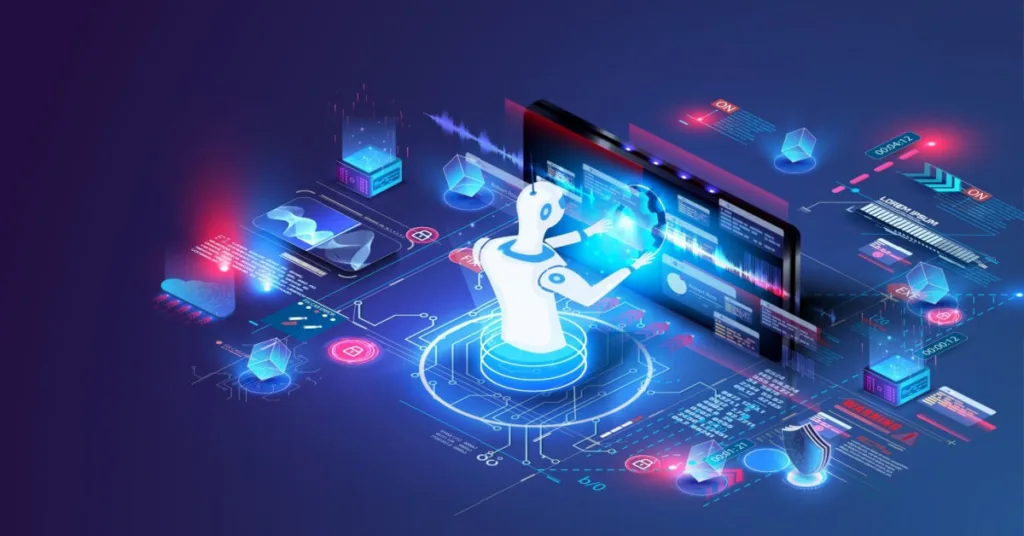
Code Generation:
- GitHub Copilot: Suggests code completions and functions based on your existing code and context.
- Tabnine: Provides code completion and snippets in various programming languages.
- CodeAI: Generates entire functions and classes based on natural language descriptions.
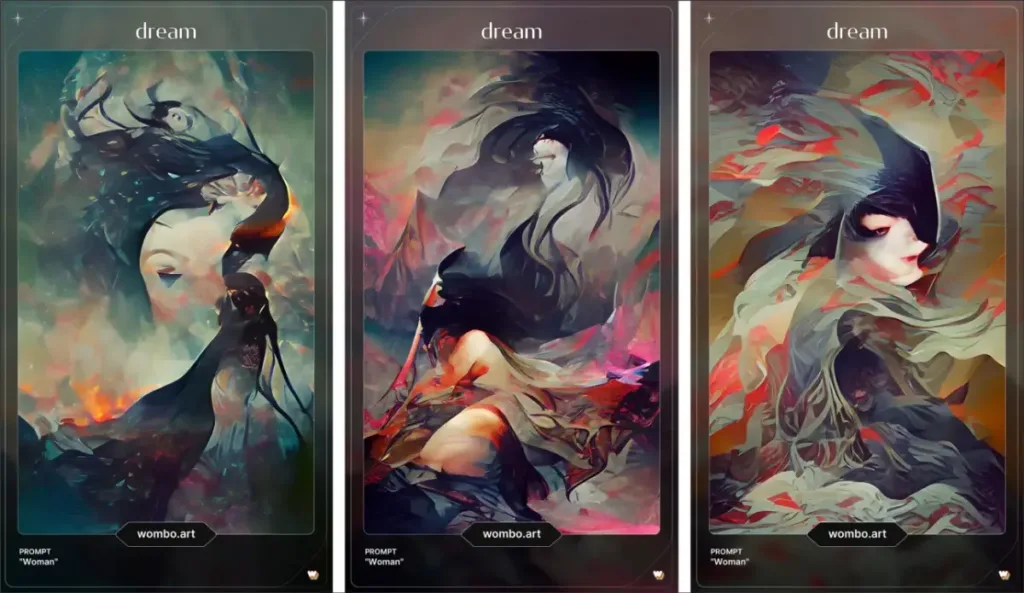
Other Creative Tools:
- StoryAI: Generates story outlines and drafts based on your ideas and preferences.
- Dream by WOMBO: Animates still images and creates short video clips.
Remember, this is just a glimpse into the vast ocean of generative AI tools. Explore different options, experiment with their capabilities, and discover how they can unleash your creative potential and enhance your workflow.
Bonus Tip: Be mindful of ethical considerations when using generative AI tools. Respect intellectual property rights, avoid spreading misinformation, and always be transparent about the use of AI-generated content.
Conclusion: A Canvas Awash with Possibilities
Generative AI isn’t just a technological marvel; it’s a canvas brimming with possibilities. By embracing its potential responsibly and thoughtfully, we can shape a future where AI empowers human creativity, fosters collaboration, and drives progress for the benefit of all. As we continue to explore the ever-expanding horizons of generative AI, let’s remember that the true magic lies not just in the technology itself but in the choices we make to guide its development and deployment.

